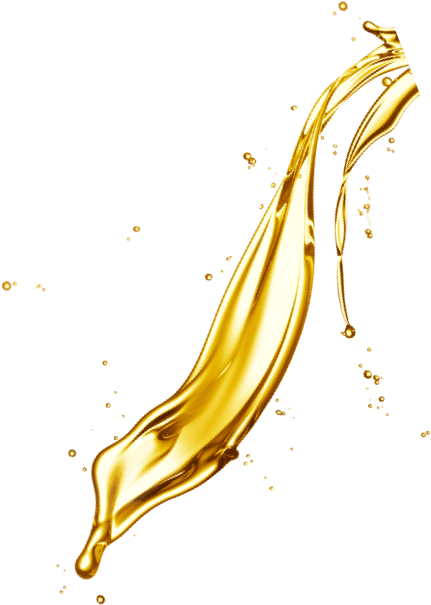Brake fluid does have a shelf life. It is hygroscopic (it absorbs moisture from the atmosphere) and this happens to a small extent even when packaged in closed bottles, As the product absorbs water, its boiling point declines. The magnitude of this decline depends upon factors such as the storage conditions, the wall thickness of the bottle, the type of closure used, the container size and material and the grade of brake fluid.
So for brake fluids stored in a temperate climate, a shelf life of approximately 18 -24 months from the date of production can be expected. Under tropical conditions, the equivalent period would be 12 months. In practice, brake fluid containers that have been kept in stock for this length of time will begin to deteriorate aesthetically, gathering dust or showing signs of ageing such as fading of the labels etc. This imposes a practical shelf life as far as saleability is concerned.
Whilst metal containers are better than plastic containers at preventing the passage of water vapour, in practice they also deteriorate externally over this period with external corrosion often becoming a problem. This once again imposes a practical shelf life.
It is emphasised that brake fluid stored in closed containers does not suddenly become unsafe after its shelf life has expired. In fact, in certain cases it may be perfectly safe to use up to a period of 10 years or longer. However, after its effective shelf life has passed, it can no longer be guaranteed to meet the specification against which it was supplied.
If customers require detailed shelf life predictions, we recommend that they contact Orthene’s Technical Department – technical@orthene.co.uk.








